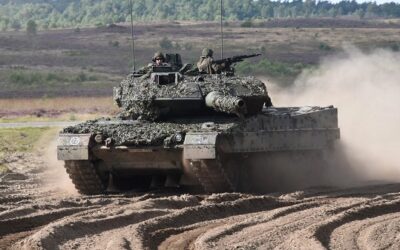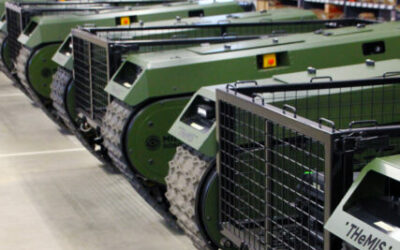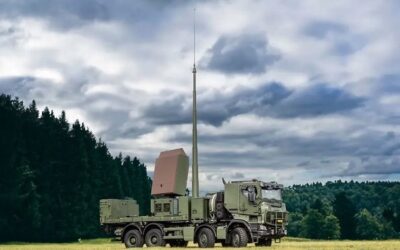Ambitious European Project’s Worrying Resemblance to F-35, JTRS and FCS – Combined
While the French-German-Spanish Future Combat Air System (FCAS) programme appears to have got off to a solid start with the signature of the Phase1A Demonstrators contract in mid-February and the announcement of several industrial teaming arrangements on the programme’s major components, the political stresses that inevitably strain major international development programmes have been showing for a while – and have not abated.
FCAS is intended to provide Germany, France and Spain with a new fighter, cooperative and subordinate UAS and a cloud-based networking system to link them to each other and to wider networks. Service entry is forecast for around 2040.
The stresses were evident from the Phase 1A contract itself. Intended to “develop the demonstrators and mature new technologies,” it only covers the first 18 months of preparatory work on the programme by French and German industry, with the Spanish to be brought in under Phase 1B from 2022. This demonstration effort is intended to yield something that can be shown to work by 2026, which is looking politically shaky after German politicians declined to authorise funding for the whole of the planned demonstration phase. Furthermore, some German commentators expect the situation to remain the same until after Germany’s next general election in autumn 2021.
However, defence and armed forces ministers from all three countries signed off on the Dassault-led New Generation Fighter (NGF) element of FCAS on 20 February, while on the same day Airbus and MBDA announced that they are to partner on the Remote Carriers segment, meaning small, medium and large UAS. Also on 20 February, Airbus and Thales announced their agreement to team on the development of the Air Combat Cloud segment. Safran Aircraft Engines and MTU Aero Engines announced their partnership to develop the NGF’s powerplant on 6 February.
This is a lot to do at once. Even without the politics, concurrent technology development can spring unpleasant surprises: with so many elements that are very complex in themselves, there may be critical dependencies that could cause long delays.
With the fighter, for example, the programme calls for simultaneous development of the engine and airframe – something that caused well-publicised difficulties for the F-35 programme. Other recent US experience can certainly provide lessons in what to avoid. The Joint Tactical Radio System (JTRS), for example, sought to develop new radio hardware and software waveforms at the same time: it ran into troubles that led to restructuring and partial cancellation. The Future Combat System (FCS) sought to develop many manned and unmanned vehicles at once, linked by an overarching communications network. FCS was cancelled in 2009.
FCAS resembles a combination of all of these programmes. That is not to say that worthwhile capability will not emerge – the F-35 has entered service and useful elements of JTRS and FCS survive in other programmes. Getting FCAS into service as envisaged today, however, will be a very tall order.
Peter Donaldson in London for MON

























